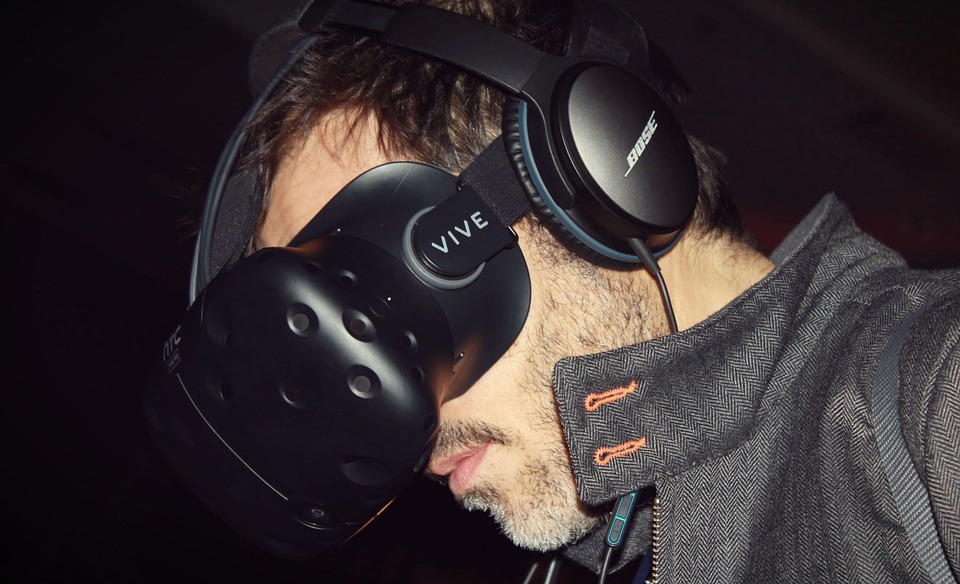Virtual reality (VR) gaming has captivated the imagination of dreamers, engineers, and gamers for decades. From its humble beginnings as a conceptual framework to the immersive experiences available today, VR has become a transformative force in the gaming industry. This article explores the evolution of VR gaming, tracing its history, technological advancements, and future potential.
The Early Days: Conceptual Foundations
The roots of virtual reality can be traced back to the 1960s, when computer scientist Ivan Sutherland created the first head-mounted display (HMD). Dubbed the "Sword of Damocles," this primitive device consisted of a headset connected to a computer, displaying simple wireframe images. While revolutionary for its time, the cumbersome hardware and limited graphics made it more of a curiosity than an entertainment platform.
The term "virtual reality" was coined in the 1980s by computer scientist Jaron Lanier, who founded VPL Research, the first company to sell VR products like Dataglove and EyePhone. These developments laid the groundwork for future innovations by sparking interest in the potential of virtual interactions.
The 1990s: The First Wave of VR Gaming
The 1990s marked the first significant wave of VR gaming. Pioneering systems such as Sega’s VR Virtual Fighter and Nintendo’s Virtual Boy attempted to bring VR into the living room. However, technological limitations and high costs stymied mainstream adoption. Poor graphics, limited motion tracking, and discomfort issues meant that these early devices often failed to deliver on their ambitious promises, and interest waned.
Despite this, the 1990s served as a critical exploratory period. Developers experimented with VR environments, and the concept of immersive gameplay began to take root in the collective consciousness of gamers and technologists alike.
The 2000s: A Dormant Era
The early 2000s witnessed a decline in VR technology, overshadowed by the rise of traditional gaming consoles and advancements in 3D graphics. While researchers continued to investigate VR applications in fields such as medicine and training simulations, the gaming community shifted focus. Nevertheless, niche markets for arcade-style VR experiences persisted, and academic institutions explored VR’s potential.
The 2010s: A Resurgence of Interest
The landscape began to shift dramatically in the early 2010s with the introduction of cost-effective and high-quality VR headsets. In 2012, Oculus VR launched a Kickstarter campaign for the Oculus Rift, raising almost $2.5 million. This marked a renaissance in VR gaming, inspiring tech giants like Sony and Valve to develop their own solutions.
Key Innovations:
- Oculus Rift: Its consumer version launched in 2016, setting the standard for high-quality VR experiences.
- PlayStation VR: Introducing VR to a wider audience through the popular PlayStation platform.
- HTC Vive: Revolutionized room-scale VR, allowing players to move around in a virtual space.
These advancements propelled an explosion of interest in VR gaming, leading to a diverse array of experiences, from narrative-driven adventures to competitive multiplayer environments.
The Present: Immersive Experiences
Today, VR gaming stands at the intersection of innovation and accessibility. The technology has advanced significantly, offering high-resolution visuals, realistic haptic feedback, and nuanced tracking capabilities. Platforms like the Meta Quest 2 and Valve Index combine affordability with exceptional performance, enabling a broad audience to experience VR.
Notable Developments:
- Diverse Game Library: From titles like "Half-Life: Alyx" to "Beat Saber," the VR gaming library has expanded considerably, catering to different tastes and genres.
- Social VR: Platforms like VRChat and Rec Room have transformed gaming into shared social experiences, allowing players to interact in a three-dimensional space.
- Fitness and Therapy: Developers are exploring VR’s potential for fitness and therapeutic applications, offering exercise and mental health solutions in engaging formats.
The Future: Untapped Potential
The future of VR gaming is bright and full of potential. As technology continues to evolve, we can expect significant advancements in:
- Artificial Intelligence: More personalized and adaptive gameplay, creating unique experiences that respond to player behaviors.
- Cross-Platform Play: Bridging the gap between different headsets and platforms, encouraging a more robust and interconnected gaming community.
- Augmented Reality (AR): Integrating AR elements with VR experiences could lead to new types of gameplay that blend the real world with virtual enhancements.
Moreover, as VR becomes more mainstream, we may see enhanced accessibility options, opening the doors for diverse groups of players to experience and enjoy virtual gaming.
Conclusion
The evolution of VR gaming reflects the intersection of human creativity, technological advancement, and the desire for novel experiences. From its conceptual roots to its current state as a vibrant industry, VR has transformed how we perceive and engage with games. As we stand on the cusp of a new era in gaming, there’s no telling where this incredible journey will lead us next. With many creative minds and technological innovations set to shape its course, virtual reality is poised to redefine entertainment for generations to come.


